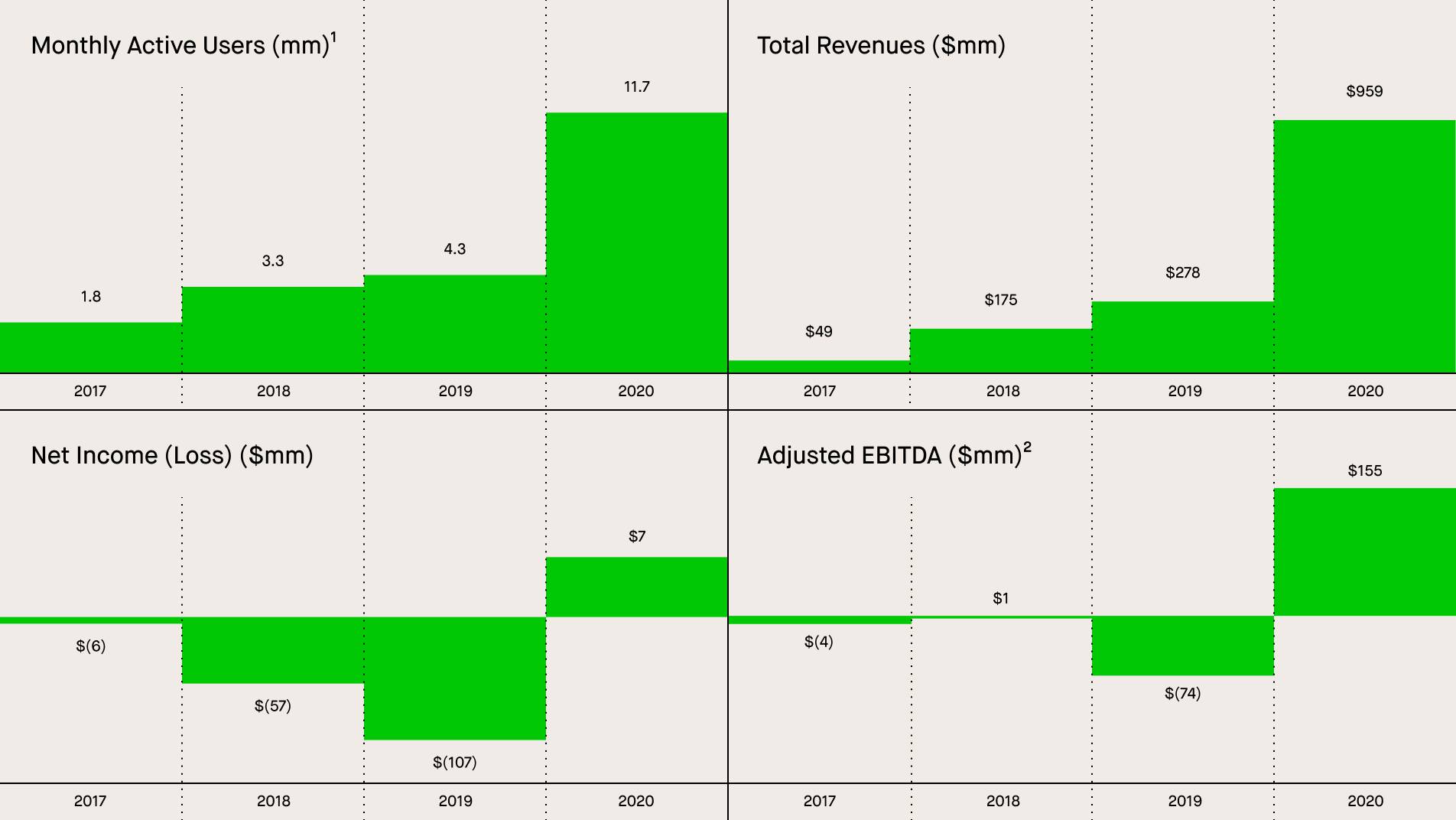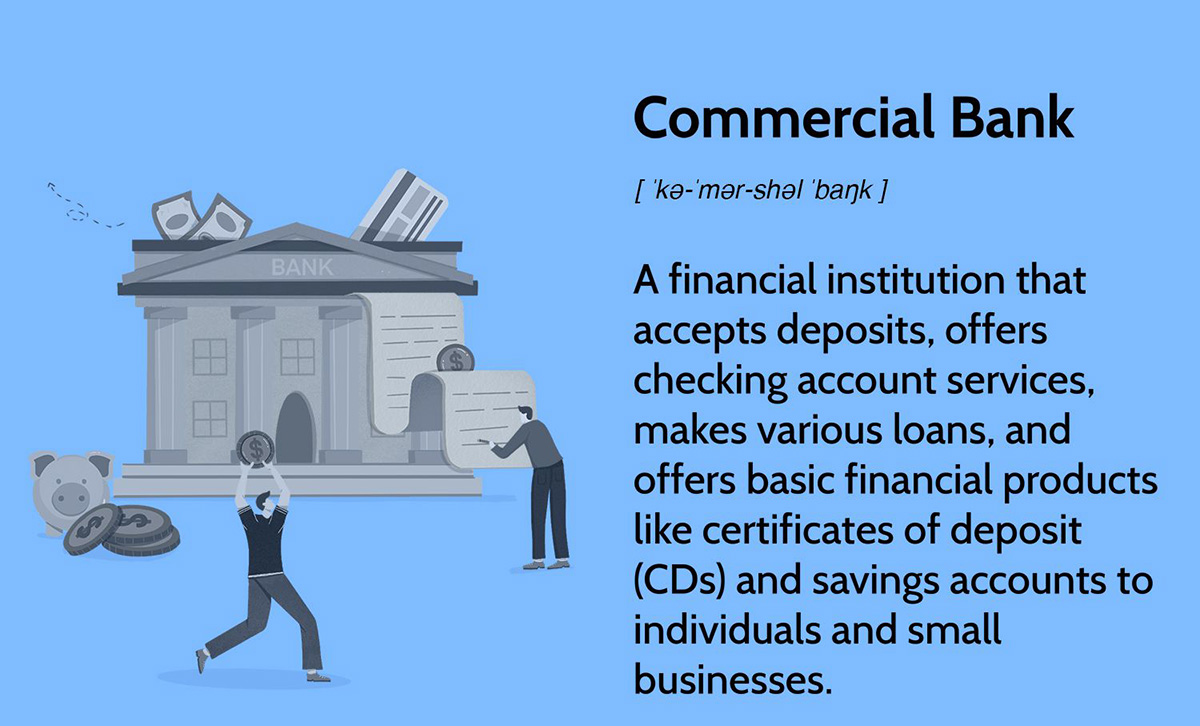

Finance
What Is Mergers And Acquisitions
Published: February 24, 2024
Learn about the finance aspect of mergers and acquisitions, including the strategies, benefits, and potential risks involved in these corporate transactions. Gain insights into the financial implications of M&A activities.
(Many of the links in this article redirect to a specific reviewed product. Your purchase of these products through affiliate links helps to generate commission for LiveWell, at no extra cost. Learn more)
Table of Contents
Introduction
Understanding the Dynamics of Mergers and Acquisitions
Mergers and acquisitions (M&A) represent pivotal events in the corporate world, often making headlines and sparking discussions among business enthusiasts, investors, and industry professionals. These strategic maneuvers play a significant role in shaping the landscape of companies, industries, and economies, with far-reaching implications for various stakeholders. Understanding the intricacies of M&A activities is crucial for comprehending the driving forces behind these transactions and their impact on the business world.
In the following sections, we will delve into the comprehensive realm of mergers and acquisitions, exploring their definitions, types, underlying motives, procedural aspects, challenges, and associated benefits. By unraveling the multifaceted dimensions of M&A, we aim to provide a holistic perspective on these transformative processes and their enduring influence on the corporate domain. Whether you are a seasoned industry professional, an aspiring entrepreneur, or a curious observer, this exploration of mergers and acquisitions promises to offer valuable insights into this dynamic facet of the business arena.
Definition of Mergers and Acquisitions
At its core, mergers and acquisitions (M&A) encompass strategic business activities that involve the consolidation or restructuring of companies. A merger occurs when two separate entities unite to form a single, new organization, thereby combining their assets, operations, and ownership structures. On the other hand, acquisitions refer to the process wherein one company acquires another, thereby gaining control of its assets, intellectual property, and operations.
These transactions are driven by various objectives, such as expanding market presence, diversifying product portfolios, achieving economies of scale, or gaining a competitive edge in the industry. Mergers and acquisitions can take on different forms, including horizontal, vertical, and conglomerate mergers, each characterized by distinct strategic rationales and operational implications.
From a strategic standpoint, mergers and acquisitions are instrumental in reshaping industry landscapes, fostering synergies, and capitalizing on complementary strengths. They often serve as catalysts for organizational growth, enabling companies to capitalize on emerging opportunities, penetrate new markets, and optimize their operational efficiencies. Furthermore, these transactions are underpinned by intricate legal, financial, and regulatory considerations, necessitating meticulous planning and due diligence to ensure seamless integration and sustained value creation.
As we navigate through the intricacies of mergers and acquisitions, it becomes evident that these endeavors are not merely transactions; rather, they embody strategic maneuvers that have the potential to redefine the competitive dynamics of businesses and industries, shaping their trajectories for years to come.
Types of Mergers and Acquisitions
Mergers and acquisitions manifest in various forms, each characterized by unique strategic objectives and operational implications. Understanding the distinct types of M&A transactions provides valuable insights into the diverse mechanisms through which companies consolidate, restructure, and expand their operations.
- Horizontal Mergers: In a horizontal merger, companies operating in the same industry and at the same stage of the production process combine their operations. This strategic maneuver aims to enhance market share, streamline operations, and capitalize on synergies to achieve a stronger competitive position within the industry.
- Vertical Mergers: Vertical mergers involve the consolidation of companies operating at different stages of the production or supply chain. By integrating upstream or downstream entities, companies seek to optimize efficiency, reduce costs, and gain greater control over the supply chain, thereby enhancing their competitive advantage.
- Conglomerate Mergers: Conglomerate mergers entail the union of companies that operate in unrelated business areas. This type of merger enables diversification, risk mitigation, and the expansion of the acquirer’s portfolio into new and potentially lucrative markets, thereby reducing dependence on a single industry or market segment.
- Acquisitions: Acquisitions, often categorized as either friendly or hostile, involve one company acquiring another, thereby gaining control of its assets, intellectual property, and operations. Friendly acquisitions are characterized by mutual consent and collaboration, whereas hostile takeovers occur when the target company opposes the acquisition attempt.
By discerning the nuances of these diverse M&A formats, industry professionals, investors, and stakeholders can gain a comprehensive understanding of the strategic imperatives underpinning these transactions and their implications for the companies involved and the broader business landscape.
Reasons for Mergers and Acquisitions
Mergers and acquisitions are driven by a myriad of strategic motivations, each rooted in the pursuit of competitive advantage, market expansion, and operational optimization. Understanding the underlying reasons for these transformative transactions sheds light on the diverse catalysts that propel companies to pursue consolidation, restructuring, or expansion initiatives.
Market Expansion and Diversification: Companies often engage in M&A activities to expand their market presence, penetrate new geographical regions, or diversify their product portfolios. By acquiring or merging with complementary entities, organizations can access new customer segments, distribution channels, and revenue streams, thereby fortifying their market position and sustaining growth.
Synergy and Operational Efficiency: Mergers and acquisitions offer opportunities to leverage synergies, streamline operations, and optimize resource utilization. Through the consolidation of redundant functions, elimination of duplicative processes, and integration of complementary capabilities, companies can enhance their operational efficiency and cost-effectiveness, driving sustainable value creation.
Strategic Asset Acquisition: Acquiring valuable assets, including proprietary technologies, intellectual property, or strategic partnerships, is a compelling rationale for M&A transactions. By gaining access to unique resources and capabilities, companies can bolster their competitive advantage, accelerate innovation, and strengthen their market position.
Financial Gain and Economies of Scale: Achieving economies of scale, accessing new funding sources, or realizing cost-saving opportunities are pivotal drivers of M&A activities. By consolidating operations, negotiating favorable procurement terms, or accessing capital markets more effectively, companies can enhance their financial performance and bolster their competitive resilience.
Competitive Positioning and Industry Consolidation: In fiercely competitive industries, mergers and acquisitions can be instrumental in consolidating market share, preempting competitive threats, and reshaping industry dynamics. By fortifying their competitive positioning, companies can mitigate risks, capitalize on emerging opportunities, and navigate industry disruptions more effectively.
By recognizing the diverse motivations underpinning mergers and acquisitions, industry stakeholders can gain profound insights into the strategic imperatives that drive these transformative transactions, shaping the trajectories of companies and industries in the ever-evolving business landscape.
Process of Mergers and Acquisitions
The process of mergers and acquisitions encompasses a series of intricate stages, each demanding meticulous planning, due diligence, and strategic execution. From the initial contemplation of a transaction to the post-merger integration phase, companies navigate through a structured process to ensure the seamless consolidation of operations and the realization of synergies.
Strategic Planning and Evaluation: The journey of a merger or acquisition typically commences with strategic planning and evaluation, wherein companies identify potential targets, assess their compatibility, and align the transaction with their long-term business objectives. This phase involves evaluating the strategic fit, financial implications, and regulatory considerations associated with the prospective transaction.
Due Diligence: Conducting comprehensive due diligence is a critical aspect of the M&A process, enabling the acquirer to assess the legal, financial, operational, and cultural aspects of the target company. Thorough due diligence facilitates the identification of potential risks, liabilities, and synergistic opportunities, thereby informing the negotiation and structuring of the transaction.
Negotiation and Valuation: The negotiation and valuation phase entails deliberating on the terms of the transaction, determining the fair value of the target company, and structuring the deal to align with the strategic and financial objectives of both parties. This phase involves intricate negotiations, financial modeling, and legal documentation to formalize the transaction.
Regulatory Approval and Closing: Securing regulatory approvals, complying with antitrust regulations, and finalizing the legal and financial aspects of the transaction are pivotal steps preceding the closing of the deal. Companies must navigate through complex regulatory frameworks to ensure compliance and obtain the necessary approvals to proceed with the merger or acquisition.
Post-Merger Integration: Following the completion of the transaction, companies embark on the post-merger integration phase, wherein they consolidate operations, harmonize cultures, and realize synergies. This phase involves aligning organizational structures, integrating systems and processes, and fostering a cohesive corporate culture to facilitate a seamless transition and value realization.
By meticulously navigating through these sequential stages, companies can orchestrate successful mergers and acquisitions, leveraging strategic foresight, due diligence, and operational agility to capitalize on synergies and propel sustainable growth in the dynamic business landscape.
Challenges in Mergers and Acquisitions
Despite the potential for transformative growth and value creation, mergers and acquisitions are fraught with a myriad of challenges that can impede the seamless execution and realization of intended synergies. Navigating through these complexities demands astute strategic planning, meticulous execution, and proactive mitigation of potential obstacles that may arise throughout the M&A journey.
Cultural Integration: One of the foremost challenges in mergers and acquisitions is the integration of disparate organizational cultures. Harmonizing diverse work cultures, management styles, and employee mindsets is pivotal to fostering collaboration, mitigating resistance, and nurturing a cohesive and unified workforce within the newly consolidated entity.
Operational Alignment: Aligning disparate operational processes, systems, and technologies poses significant challenges during the post-merger integration phase. Ensuring seamless interoperability, optimizing workflows, and standardizing operational practices are essential to realizing operational efficiencies and minimizing disruptions to business continuity.
Employee Engagement and Retention: Mergers and acquisitions often trigger uncertainties and apprehensions among employees, leading to concerns regarding job security, role redundancies, and changes in organizational dynamics. Proactively engaging with employees, communicating transparently, and implementing retention strategies are critical to sustaining morale and preserving talent within the integrated entity.
Regulatory Compliance and Antitrust Scrutiny: Navigating through complex regulatory frameworks, obtaining antitrust approvals, and ensuring compliance with legal and regulatory requirements present formidable challenges in the M&A process. Companies must meticulously adhere to antitrust laws, data privacy regulations, and industry-specific mandates to mitigate legal risks and secure regulatory approvals.
Financial Integration and Synergy Realization: Achieving the anticipated financial synergies, cost savings, and revenue enhancements following a merger or acquisition necessitates meticulous financial planning, performance tracking, and proactive risk management. Failure to realize projected synergies can undermine the financial viability and strategic rationale of the transaction.
By acknowledging these inherent challenges and proactively devising strategies to address them, companies can navigate through the complexities of mergers and acquisitions, fortify their operational resilience, and position themselves for sustained success in the post-transaction landscape.
Benefits of Mergers and Acquisitions
Mergers and acquisitions, when executed strategically and adeptly, offer a myriad of compelling benefits that can catalyze transformative growth, enhance market competitiveness, and drive sustained value creation for the involved entities. By leveraging synergies, unlocking new opportunities, and fortifying their strategic positioning, companies can realize a spectrum of advantages through these transformative transactions.
Market Expansion and Access: Mergers and acquisitions enable companies to expand their market presence, penetrate new geographies, and access untapped customer segments and distribution channels. This facilitates accelerated market entry, enhanced brand visibility, and amplified market share, thereby fostering sustainable growth and revenue diversification.
Synergy Realization: By consolidating operations, streamlining processes, and integrating complementary capabilities, companies can realize synergistic benefits that drive operational efficiencies, cost savings, and revenue enhancements. Synergy realization is instrumental in optimizing resource utilization, maximizing economies of scale, and fortifying the financial performance of the integrated entity.
Strategic Asset Acquisition: Mergers and acquisitions enable companies to gain access to valuable assets, proprietary technologies, intellectual property, and strategic partnerships that augment their competitive advantage and innovation capabilities. This facilitates accelerated product development, enhanced R&D capabilities, and strengthened market differentiation.
Operational Optimization: Through the consolidation and standardization of operational processes, systems, and technologies, companies can optimize their workflows, enhance productivity, and mitigate redundancies. This fosters streamlined operations, improved agility, and heightened responsiveness to market dynamics, thereby bolstering the operational resilience of the integrated entity.
Enhanced Competitive Positioning: Mergers and acquisitions often confer a strengthened competitive positioning, enabling companies to preempt competitive threats, capitalize on emerging market trends, and navigate industry disruptions more effectively. This strategic advantage empowers companies to fortify their market relevance, mitigate risks, and sustain long-term competitive resilience.
By capitalizing on these multifaceted benefits, companies can harness the transformative potential of mergers and acquisitions to propel sustainable growth, fortify their market standing, and foster enduring value creation in the dynamic and competitive business landscape.
Conclusion
Mergers and acquisitions represent profound strategic maneuvers that have the potential to reshape industries, fortify market positions, and drive sustained value creation for companies. These transformative transactions, characterized by their complexity and multifaceted implications, embody the convergence of strategic foresight, operational agility, and financial acumen. As companies embark on the M&A journey, they encounter a spectrum of challenges and opportunities, each demanding astute navigation and proactive mitigation strategies.
By comprehensively understanding the dynamics of mergers and acquisitions, including their types, underlying motivations, procedural intricacies, and associated benefits and challenges, industry professionals, investors, and stakeholders can gain profound insights into the strategic imperatives and operational nuances that underpin these transformative transactions. Moreover, by recognizing the diverse catalysts and potential obstacles inherent in M&A activities, companies can proactively devise strategies to optimize value realization, mitigate risks, and foster seamless post-transaction integration.
Ultimately, the success of mergers and acquisitions hinges on the strategic alignment, meticulous execution, and proactive management of the myriad complexities associated with these transactions. By harnessing the synergistic potential, unlocking new growth avenues, and fortifying their competitive resilience, companies can leverage M&A activities as catalysts for sustained growth and enduring value creation in the ever-evolving business landscape.
As the business world continues to evolve, mergers and acquisitions will remain pivotal mechanisms through which companies navigate industry disruptions, capitalize on emerging opportunities, and fortify their market relevance. By embracing the transformative potential of M&A activities and proactively addressing the associated challenges, companies can position themselves for sustained success, strategic resilience, and enduring value creation in the dynamic and competitive business environment.














